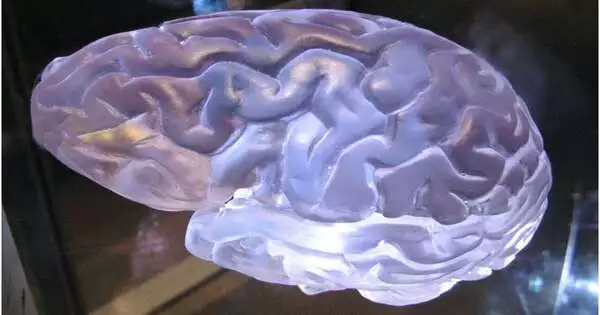The Human Brain Project (HBP) presents novel clinical applications of advanced brain modeling techniques in the most recent issue of The Lancet Neurology. As part of the HBP, researchers at AMU Marseille developed methods for computational brain modeling that incorporate measured patient data. Clinical hypotheses and strategies can be virtually tested using the models as predictive tools.
The researchers use a simulation technology called The Virtual Brain (TVB), developed by HBP scientist Viktor Jirsa and collaborators, to create personalized brain models. The data of each patient’s individually measured anatomy, structural connectivity, and brain dynamics are used to create the computational models.
A significant clinical trial is currently in progress, and epilepsy was the first indication for the approach. Clinicians can use the TVB technology to better pinpoint the areas of a patient’s brain where abnormal activity spreads during epileptic seizures. On the front cover of Science Translational Medicine in January, the team presented the comprehensive methodology for the epilepsy work.
The idea and its potential applications in neuroscience are further developed by the researchers in their most recent paper. Personalized computer models of a patient’s brain, as described in their article in The Lancet Neurology, can be used for a variety of conditions other than epilepsy. The authors argue that more research is needed to determine the true potential of personalized virtual brain models in neuroscience, medicine, and neurotechnology.
The authors anticipate that “digital twin” approaches to brain medicine will emerge as a result of future advancements in brain modeling. A personalized computational brain model known as a “digital twin” can be continuously updated with measured real-world data from its real-life counterpart, the patient. Even though these models aren’t meant to be exact replicas, their predictive power is expected to get better as they get more sophisticated, making it possible for new clinical and research applications.
The authors anticipate two primary lines of improvement: high data resolution and patient specificity. The use of modeling software, computing power, brain atlases, and datasets from the digital research infrastructure EBRAINS make it possible for these factors to be incorporated into the HBP.
More information: Viktor Jirsa et al, Personalised virtual brain models in epilepsy, The Lancet Neurology (2023). DOI: 10.1016/S1474-4422(23)00008-X





